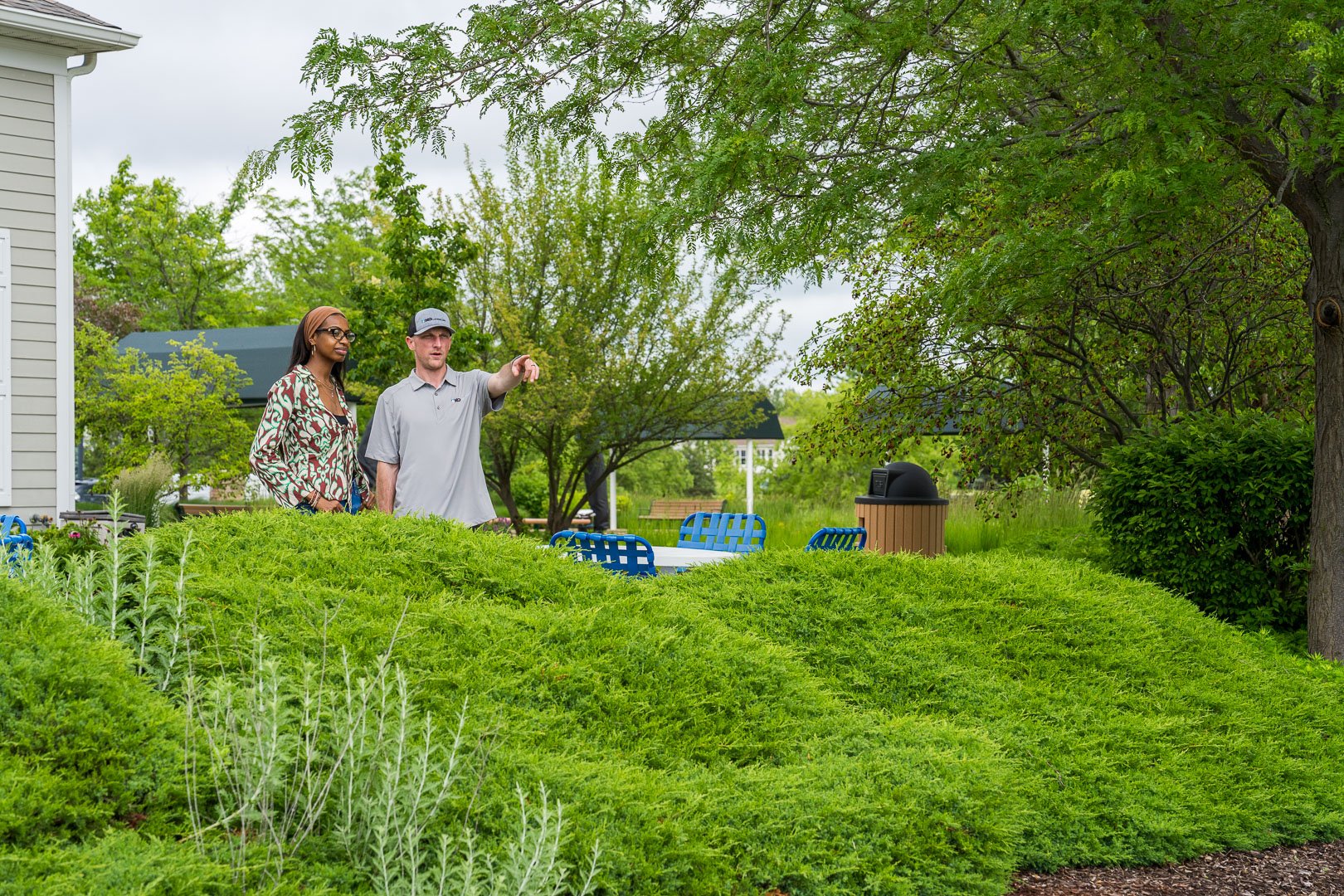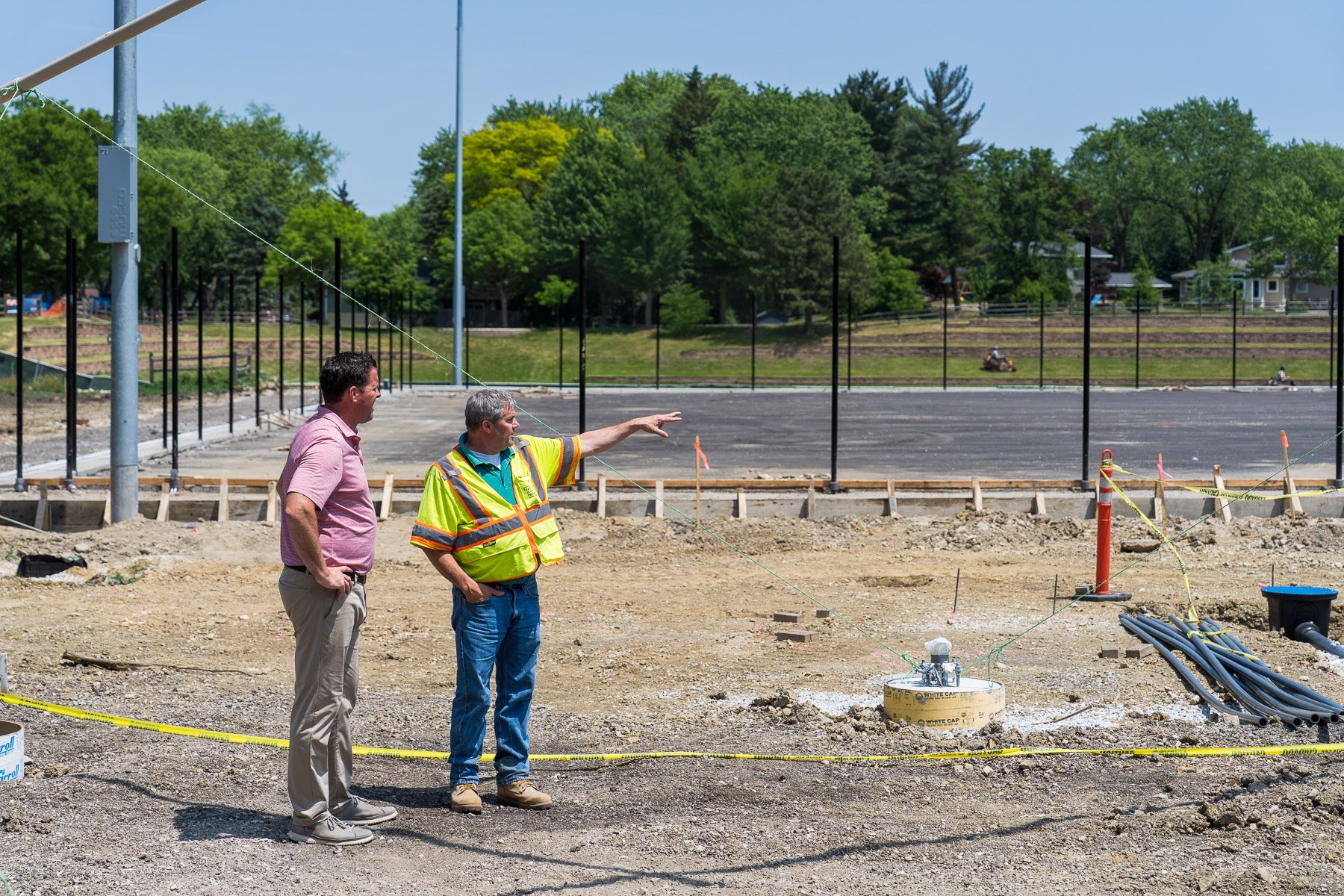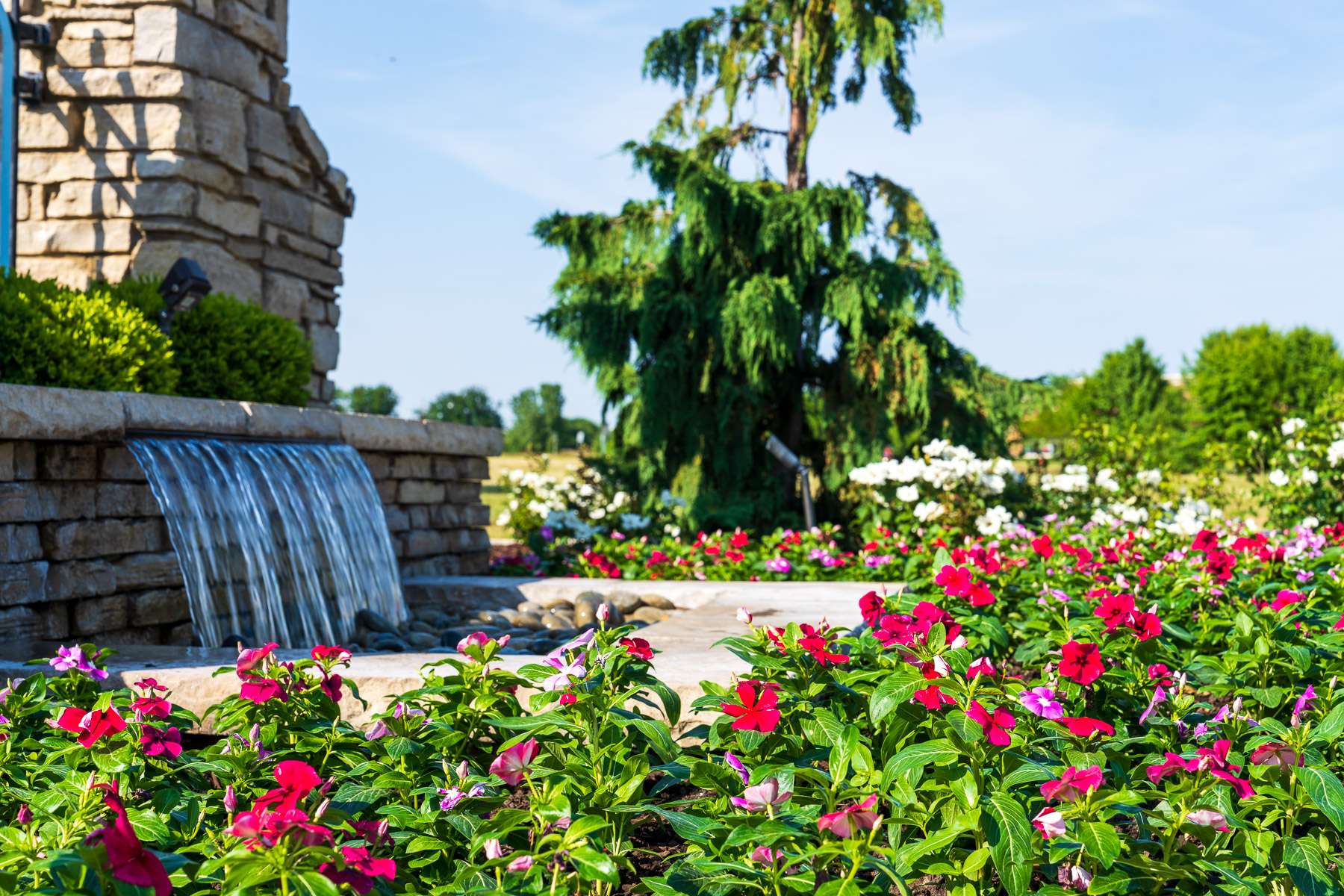As an HOA property manager, you probably get a lot of questions about HOA landscaping policies. Homeowners who live there naturally want to understand what they can do and what they can’t do when it comes to managing their outdoor spaces.
Rules in any Greater Chicago HOA can vary, which can make it confusing for homeowners. In fact, they may think they can do what they did at their old HOA at a new HOA, but the rules may be different.
And these rules are for the overall good of the community; they are in place to make the HOA grounds look good and function properly for everyone who lives there.
HOA landscaping policies are written in certain ways for specific reasons. And most homeowners comprehend the importance of these guidelines. They want to ensure their space looks good and that other homeowners also contribute to well-kept landscapes.
But no matter how lenient or detailed your HOA landscaping policies are, you want to make sure the residents at your HOA know the rules and that they are clearly communicated.
In fact, you might wonder which HOA landscaping rules are most important to include in your bylaws. KD Landscape works with many different HOAs in Greater Chicago, so we’ve seen plenty of these policies first-hand and can share what we’ve learned with you.
Let’s talk about common HOA landscaping guidelines, so you can include those that make the most sense for your residents and understand which ones may better improve the community’s appearance, value, and appeal.
5 Common HOA Landscaping Guidelines
The HOA landscaping bylaws agreement is something every homeowner who moves into an HOA receives. As such, it must be thorough and detailed, so it can be understood by the homeowners.
The clearer you can be on your HOA landscaping rules, the easier they will be to follow. What’s more, homeowners will ask fewer questions when they understand your guidelines clearly.
Here are a few policies to consider.
1. Implement a Planting Policy
It’s a fairly common HOA landscaping guideline to implement an approved plant palette for homeowners.
This policy details the plants that a homeowner can include in their landscapes – whether they install them or have landscape professionals install them.

When an HOA community has a cohesive appearance, it can look better overall. A plant palette ensures plants complement each other and don’t clash from home to home. This improved look can also boost property values.
This type of rule can also ensure you keep invasive plant species out of your HOA or insist on native plants.
2. Limit Clutter and Eyesores
Outdoor sculpture or furniture can vary widely. Some that look appealing to one homeowner might not look acceptable to another.
To drive aesthetic appeal is why you may want to include unapproved decor in your HOA landscaping policies.
Simple garden sculptures can be OK in homeowners’ individual landscape beds, but usually HOAs won’t approve front yard sculptures that may be bright in color or very large, particularly in highly-visible areas of the neighborhood.
3. Have Rules Around Personal Gardens
There are usually HOA landscaping bylaws that also include limits on personal gardens.
While many HOAs will allow some herbs in a landscape bed or container, homeowners are usually restricted against having large gardens.
The driver behind this decision is aesthetics. While the vegetables and fruit gardens bare are great, gardens aren’t always aesthetically pleasing, especially if they aren’t impeccably maintained.
Gardens can also limit the resale value of a property, since they are highly dependent on homeowners' personal preferences.
Some HOAs, however, will incorporate a community garden in their community as an area with raised plant beds that homeowners can use to grow vegetables, fruits, and herbs.
4. Incorporate Hardscape Rules
There are many hardscapes homeowners can include in their HOA landscapes.
Patios, for instance, are great spaces where homeowners like to enjoy the outdoors. Fencing can help keep dogs in a confined area.
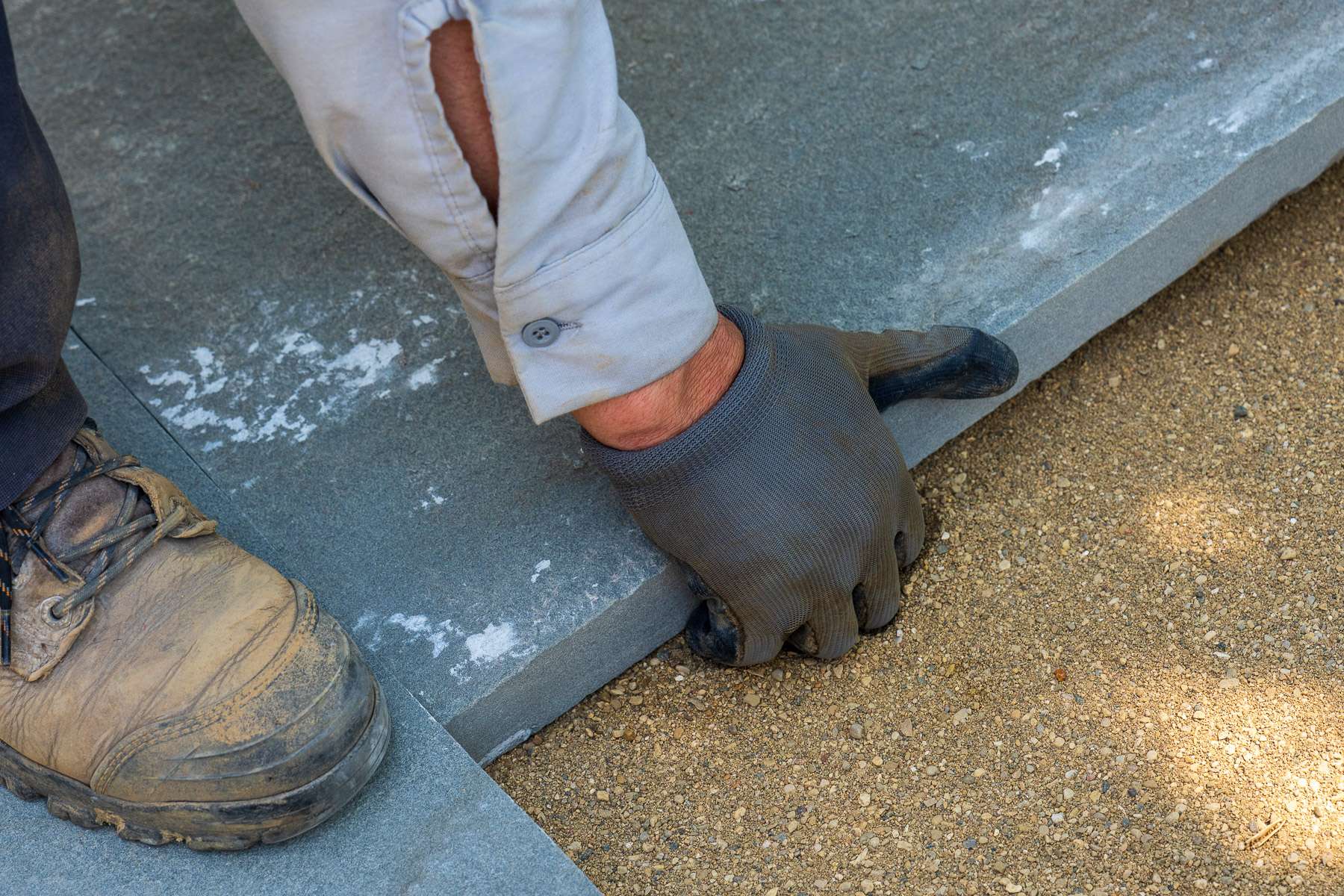
But you want to make sure your HOA landscaping policies include elements detailing that these hardscapes have to be approved by the community.
This ensures they will be designed and installed properly, so they look attractive and add to the community rather than detract from it.
5. Make Sure Everyone Knows Who Is Responsible For What
Describing specific HOA landscaping responsibilities can help answer a lot of questions or clarify specifics for homeowners.
This section will answer which areas your landscape service provider maintains and which areas the homeowner maintains. Spelling these details out helps avoid confusion.
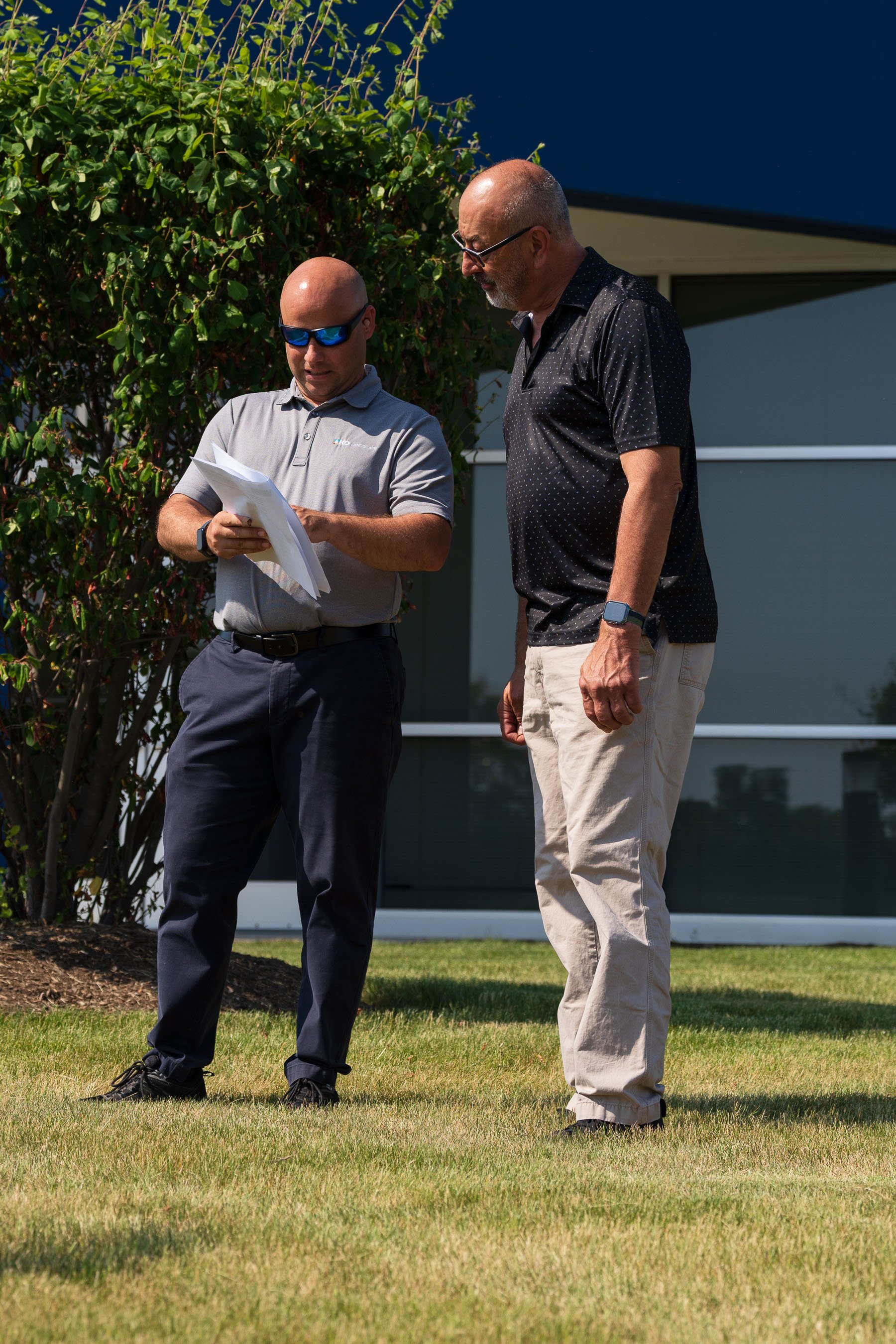
And some HOAs even let homeowners opt for service services from their landscape professional, such as core aeration or fertilizer applications. Some HOAs also let residents opt out of services like tree or shrub pruning or landscape bed maintenance.
Remember to Communicate Your HOA Landscaping Bylaws
Most HOAs KD Landscape works with have bylaws that detail specific rules homeowners must follow. We hope these main HOA landscaping rules we see help you to include the most important things you want for your HOA.
Remember to make sure your residents receive copies and encourage them to read them.
No matter what your specific HOA landscaping policies are, you have them in place for a great reason: to keep your HOA looking its best and elevate the value of everyone’s properties.
As you find you have more questions and challenges with keeping your HOA landscaping well-maintained, don’t hesitate to give KD Landscape a call. We can help you refine your rules and communicate with homeowners, as well as keep your HOA looking great all year long.
Want to learn more about our HOA commercial landscape maintenance services in Greater Chicago? Get started today with a landscape consultation. We’ll review your options together so you can feel confident and make a great choice.






